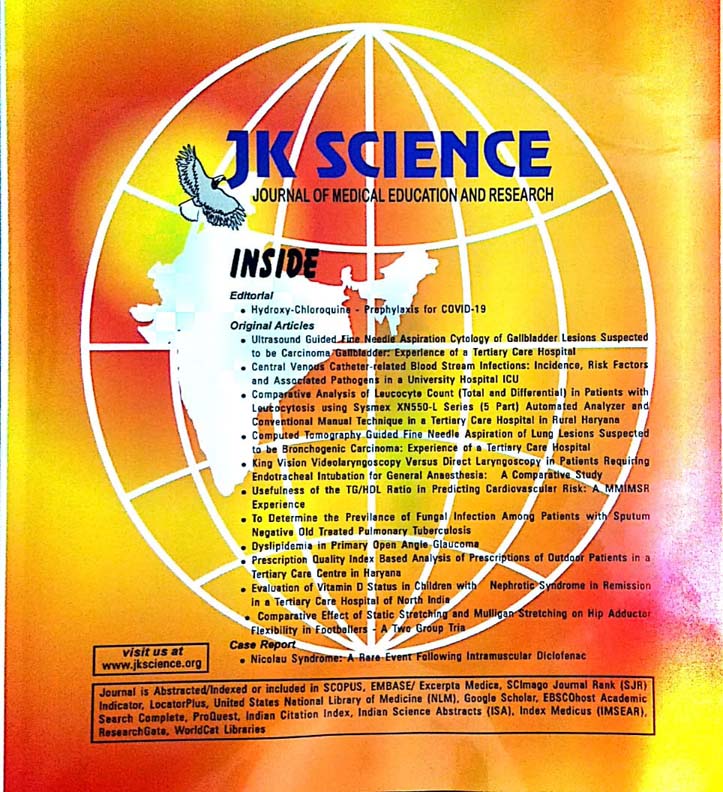Beyond the Symptoms: Exploring the Clinical, Bacteriological, and Radiological Profiles and Outcomes of Community-Acquired, Hospital-Acquired, and Ventilator-Associated Pneumonia in a Tertiary Care Setting
Keywords:
Community acquired pneumonia (CAP), Hospital acquired pneumonia (HAP), Ventilator associated pneumonia (VAP), CURB-65 score, APACHE II, CPISAbstract
Background: The lower respiratory tract infections (LRTIs), including pneumonia, are the fourth most common cause of mortality globally and the second most frequent reason for years of life lost. India is home to one-quarter of the world’s pneumonia cases.
Aims and Objectives: The present study was aimed to evaluate the clinical, bacteriological and radiological profile of CAP, HAP and VAP patients from a tertiary care teaching hospital.
Material & Methods: This cross-sectional, observational study was conducted at the Department of Pulmonary Medicine, Bharati Vidyapeeth (DTU) Medical College and Hospital, Pune, India. The study included 100 clinically diagnosed patients of community-acquired pneumonia (CAP), hospital-acquired pneumonia (HAP), and ventilator-associated pneumonia (VAP). Patients were evaluated for clinical symptoms, microbiological investigations, radiological assessment, treatment given, and final outcome. Severity indices were calculated for CAP, HAP, and VAP patients to predict the severity and rate of mortality.
Results: The most common symptoms are cough, fever, and shortness of breath. The most common organisms isolated in sputum cultures of patients with pneumonia are Streptococcus, Pseudomonas, and Acinetobacter. The most common site of consolidation on chest X-ray is bilateral. Mortality rates are highest in patients with ventilator-associated pneumonia (VAP), followed by hospital-acquired pneumonia (HAP) and community-acquired pneumonia (CAP).
Conclusion: The most common symptoms of pneumonia are cough, fever, crepitation, and expectoration. Mortality rates are highest in patients with VAP, followed by HAP and CAP.
Downloads
Downloads
Published
How to Cite
Issue
Section
License
Copyright (c) 2024 JK Science: Journal of Medical Education & Research

This work is licensed under a Creative Commons Attribution-NonCommercial-ShareAlike 4.0 International License.





